|
This is a short, modified excerpt from my book, A Guide to Spinning Hand Dyed Fibre. If you browse the shop on a regular basis you'll notice that the hand dyed fibre braids have lots of information in the titles, and at the end of the titles are a few key words... Repeating, Variegated, Semi-Solid and Gradient. Those titles are telling you how I dyed the fibre, and are a big clue about how the braid will spin. Now, these are my classifications, rather than a recognised "industry" standard, but I do use them consistently, and most dyers will describe braids using a variation on these themes. Semi-SolidThis technique at first glance isn’t that different to the commercially dyed solid shades you can buy. However the hand dyed version will contain far more subtle variations. These give life to your yarn. It’s a particularly effective dyeing technique for yarns you know you’ll use for textured fabric for example cables or lace, because the variation in the colour won’t be fighting with the pattern of the stitches. Many times when I dye a semi-solid I'll actually mix up 4 different subtle variations of the same colour, and use those to dye the fibre. RepeatingThis dyeing technique uses multiple colours, they are applied to the fibre in a regular pattern to create blocks of colour that appear in the same order, and are the same length all the way along the braid of fibre. These braids can occasionally be hard to tell apart from variegated fibre, particularly if the colour blocks are short. The best way to tell is to unbraid your fibre, and lay it out in the same way the dyer will have done while applying the dye. It soon becomes pretty clear when the colour blocks start lining up. If you spin this yarn with no further manipulation then you will get a yarn that forms stripes. This is not a description you'll see many dyers use, but I find it helpful to distinguish between this style, and one where the colours are applied in a ore random fashion. VariegatedThis technique produces a braid with a whole variety of shades, but crucially they’re not placed at regular intervals, and appear in blocks of different sizes in a random order. That means the yarn you spin will have a variety of colours in it, but you won’t get a regular pooling or striping pattern. Again, the best way to check if this is the dyeing technique that’s been used is to unbraid and lay out the fibre. You shouldn’t be able to find any sort of repeating pattern. The degree of variegation will depend on how contrasting the colours were in the original braid. GradientIn braids that are gradient dyed each block of colour will only appear once. In comparison to repeating dyed fibre this dyeing technique should produce smooth transitions from one shade to another. You sometimes see braids of mirror gradient fibre. In these the fibre will have been doubled, and then dyed. This means you can use the 2 halves of the braid for a very easy matching 2-ply yarn, or can spin each half separately for matching skeins to make a pair of items such as socks or mittens. Ombre Gradients are similar to regular gradients, but only use one colour. This shade becomes progressively paler along the length of the braid. If you want to get more in control of the yarns you can make from these fibres then there's lots of information, and a huge number of swatches showing the techniques and manipulations, in the book.
Over on the Ravelry group we're getting ready for this years Tour de Fleece. It's always the highlight of my spinning year, and last year we had a really lovely atmosphere in the team thread, with lots of spinning and plenty of helpful advice. This year we'll be doing it all again, with the added bonus of a Team swap. As ever the team fibre is completely optional, and your can spin from stars and still join in. Now this isn't going to work like a traditional swap, I'm setting it up so that you are guaranteed to get your parcel, and in a way you'll know what it contains.... are you intrigued? The bike wheel is filled with a collection of 12 colours. I've selected them off the Tour de France website to represent this years race. Wether it's the bright red peppers found in the host town of Stage 21, the beautiful buildings in Saint-Paul-Trois Chateaux , the mountain lakes in the Alpe d'Huez, or just the general beauty of the French countryside in July. These colours are all going to be available in the 70% Superfine Merino & 30% Tussah Silk. Thos who decide to go for the swap option will buy 100g in 2 different colours. However, those 2 colours won’t be the only colours you receive. When I pack the orders I will send you 50g of your 2 colours, and 50g of the 2 colours from the order of the team member before you. So…
In your parcel will be a little note saying who contributed your mystery colours (just containing the Ravelry username, it’s then up to you how much you choose to share) I've spent a few days messing around with samples of the colours, and there are so many options that work together really nicely, so it should be a great way to expand your colour palette, but still end up with colours that you like. The colourways have all had special Tour names given to them, but the captions above tells you the regular names that they'll revert to after the Tour. To co-ordinate with the Merino & Silk I'm also dyeing 2 special Tour colourways on Rambouillet. This French breed has a rather nice link to the tour, and is also soft enough to work with the Superfine Merino. If you'd like to order some fibre, then head to the Ravelry group, and follow the instructions... And of course, the Team fibre is completely optional, you're very welcome to join the Team in July and spin from stash! Again this year I'll be making a charitable contribution for the Team fibre. For every bundle of swap fibre I'll be donating 50p, and for every 100g of the accompanying dyed Rambouillet.
The charity I've chosen to support is Qhubeka, an African based charity who provide bikes to people in rural communities. This lets children go to school more easily, people transport their goods to market, and allows healthcare workers to reach vulnerable communities. To provide a bike through the charity costs £160.
Back in January I shared the start of a stranded colourwork sweater I was making. I started over Christmas, but then have done lots of other projects on the side, and it took until the night before Wonderwool to finish it. The whole project is a bit of a learning curve, and a prime example of making design decisions on the fly! Here's the post I wrote in January at the beginning of the project. Things I like... the unexpected colour combinations and the mismatching sleeves. The steeked neck worked really well, as does the garter stitch edging. I love the comfiness of the jumper. Yes it's got no shaping, so it does look like I'm wearing a sack... however, I own lots of beautifully fitted jumpers, and when I'm sat at home I want a jumper I can wear lots of layers underneath, that doesn't ride up when I sit down, and keeps my bum warm. The sleeves are a little over-large at the top. The size of the pattern motif limited when I could make the steek holes, and 2 repeats was not wide enough for my upper arm. What I needed to do was decrease stitches sooner, but I didn't want a snug arm on a loose fitting body, and instead ended up compensating in the other direction. I also needed to go down a needle size for the garter stitch on the cuffs, and hem. For now I'm going to live with it and see how the stitches settle, and if it bugs me it's only an evenings work to rip out and re-knit. This truly dreadful photo is the best of a very bad bunch... My skills with the camera on self-timer were lacking today! And yes... I did wash my face this morning, the shadows were not being kind! Technical details-
Yarn was spun as a 2-ply fingering weight to match Jamiesons and Smith 2-ply jumper weight yarn. The fibre is Superfine Shetland, hand dyed by me, the skeins used up all the oddments from various colour packs. I have no idea about yardage... bu the whole project weights 720g. Chest (and the rest of the body!) measures 44 inches (112 cm) Body Length 26 inches (66cm) Arm length 20 inches (51cm) Motifs used were from 200 Fair Isle Designs. I love dyed fibre in it's raw form, I once had a lengthy twitter debate about dyeing and wether it counts as art (side point, I think it is, particularly in the style I use, if you're only dyeing solid shades to a recipe then maybe not...) However, the nice thing about this form of art is that it really is a group project, and I love seeing what happens to fibre once it's turned in to yarn, and then turned in to a useful item. Over in the Ravelry group I run a thread that's dedicated to the sharing of skeins of yarn and finished objects, and it's always stuffed full of inspiration. Wether it's the first skeins from a new spinner, or a wonderful huge project combining many braids, I love seeing them all. As a bit of a thank you for the effort people make in sharing photos I offer a bit of an incentive, and every 3 months there are two £25 gift vouchers available, the winners are picked from the thread using a random number generator. The new thread has just been started, so if you get some yarn spun, or something made in the next 3 months then head over and share it, this time you had a 1 in 50 chance of winning the gift voucher, and those odds are none-to-shabby! Here's my favourite posts from the last 3 months, the images should all link to the original project pages if you want to know more details. |
Archives
January 2024
Categories
All
|
Hilltop CloudHilltop Cloud- Spin Different
Beautiful fibre you'll love to work with. Established 2011 VAT Reg- 209 4066 19 Dugoed Bach, Mallwyd, Machynlleth,
Powys, SY20 9HR |

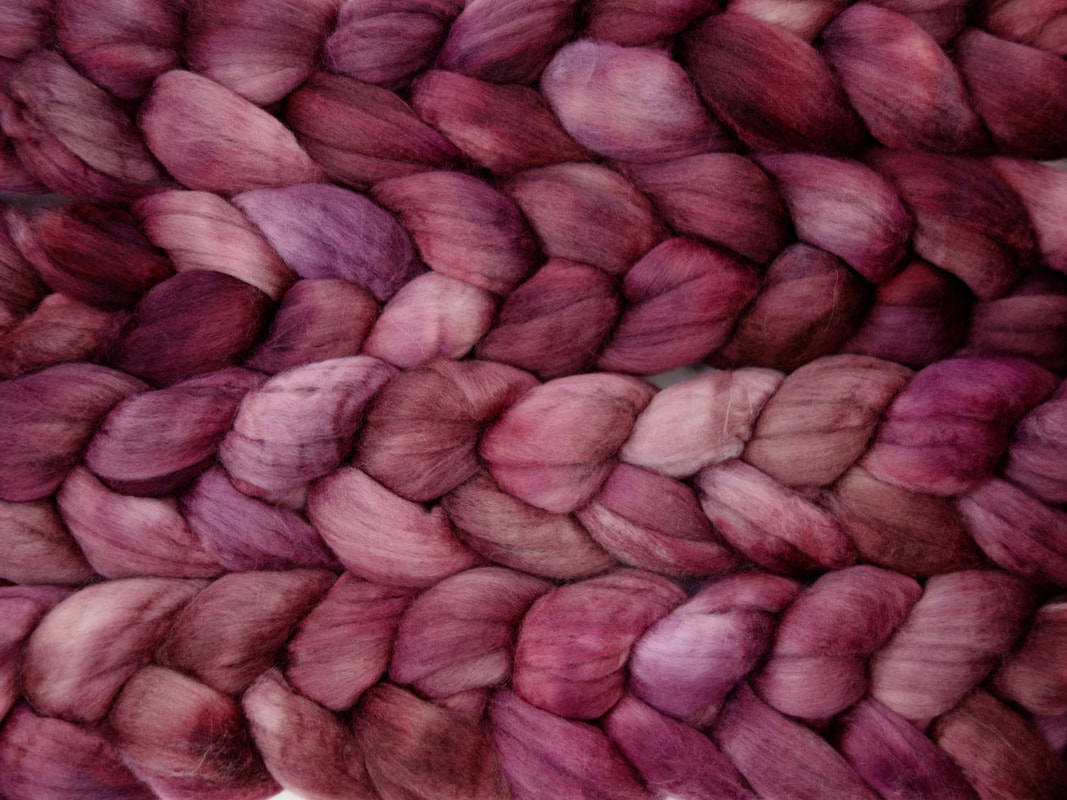
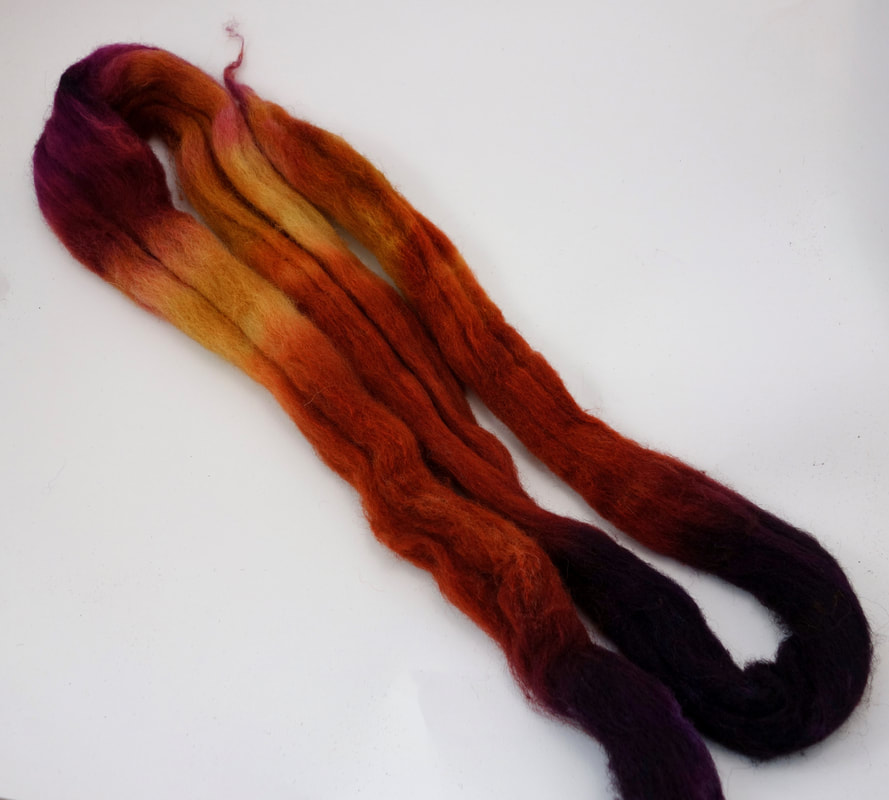
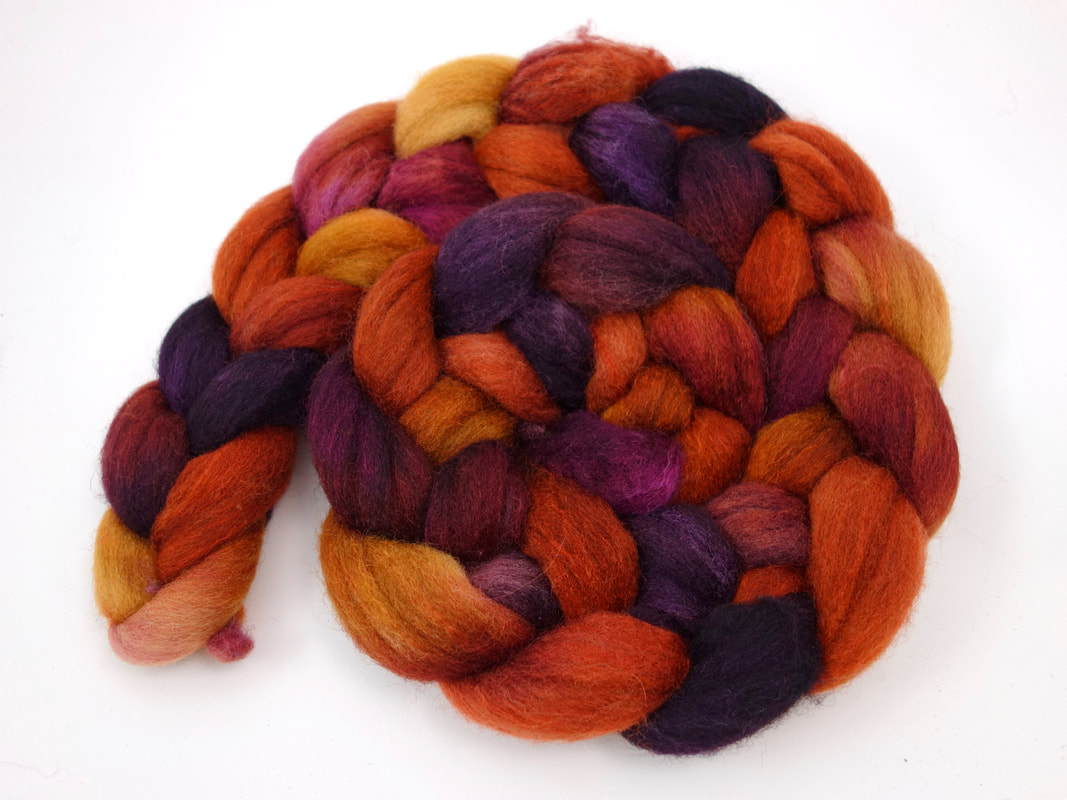
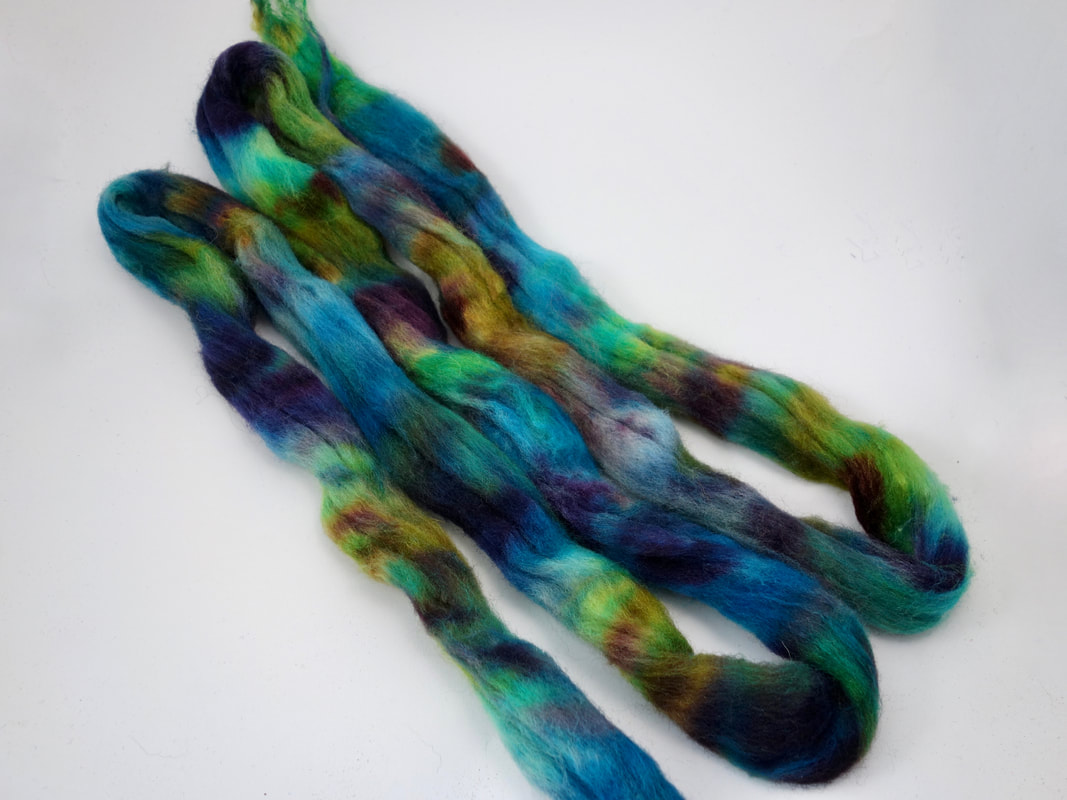
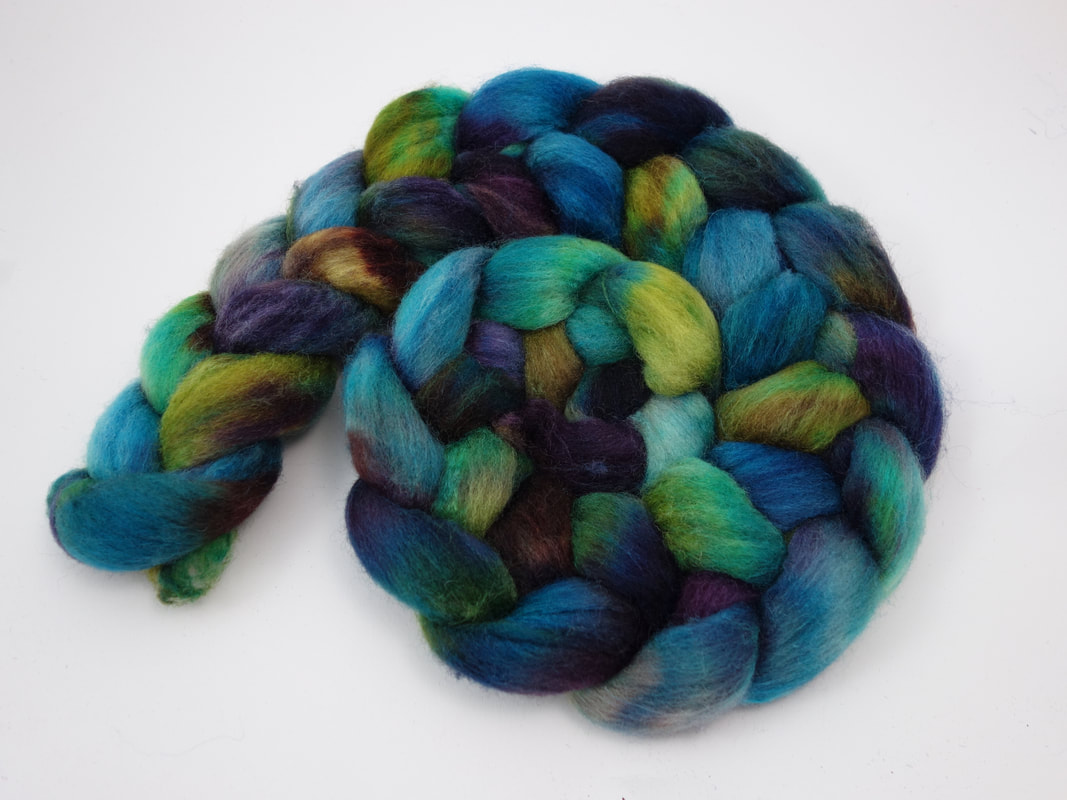
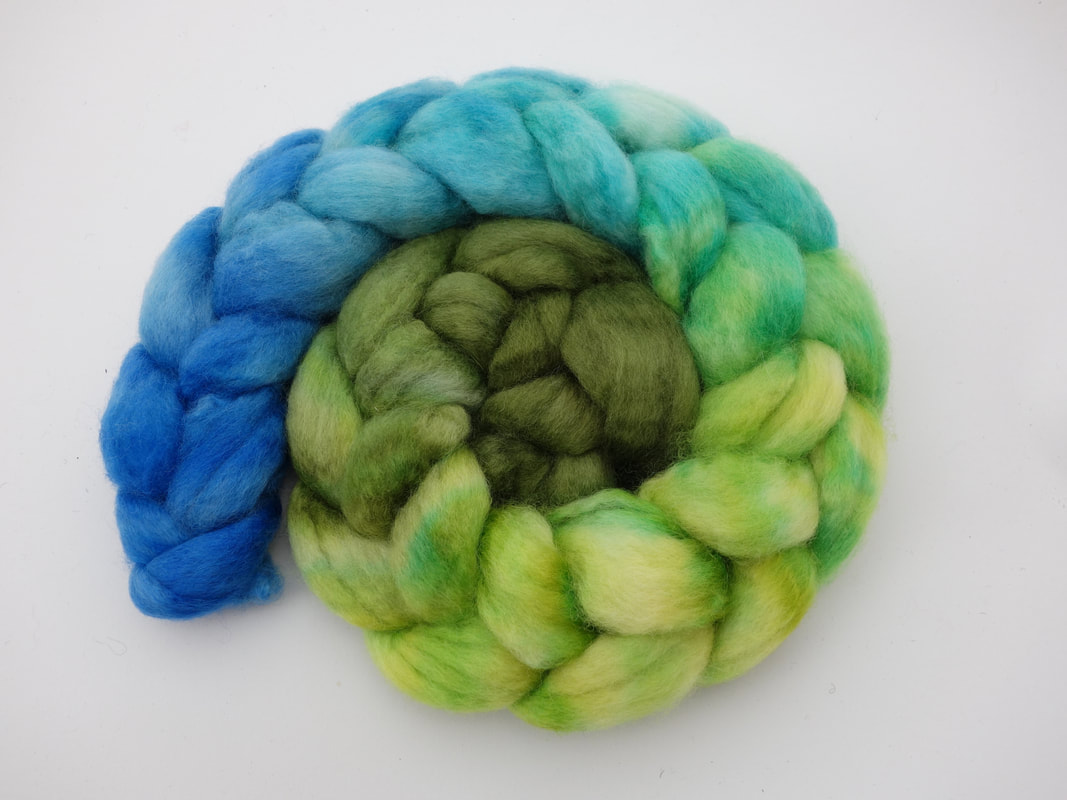
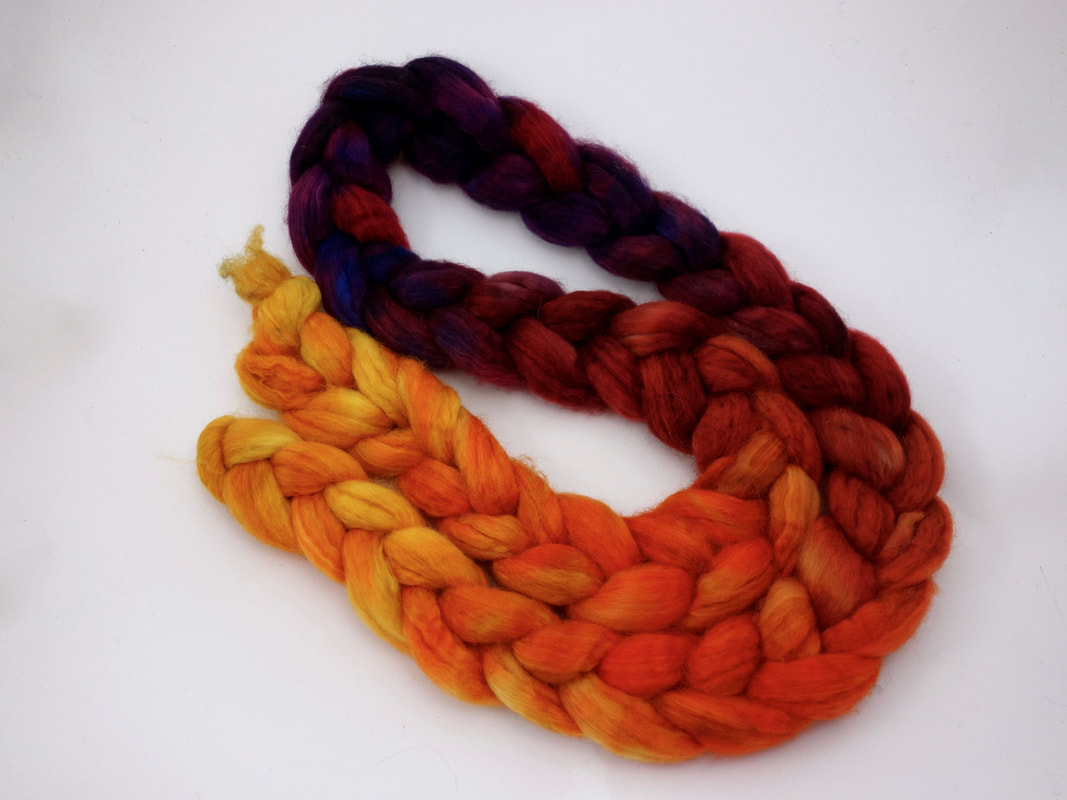
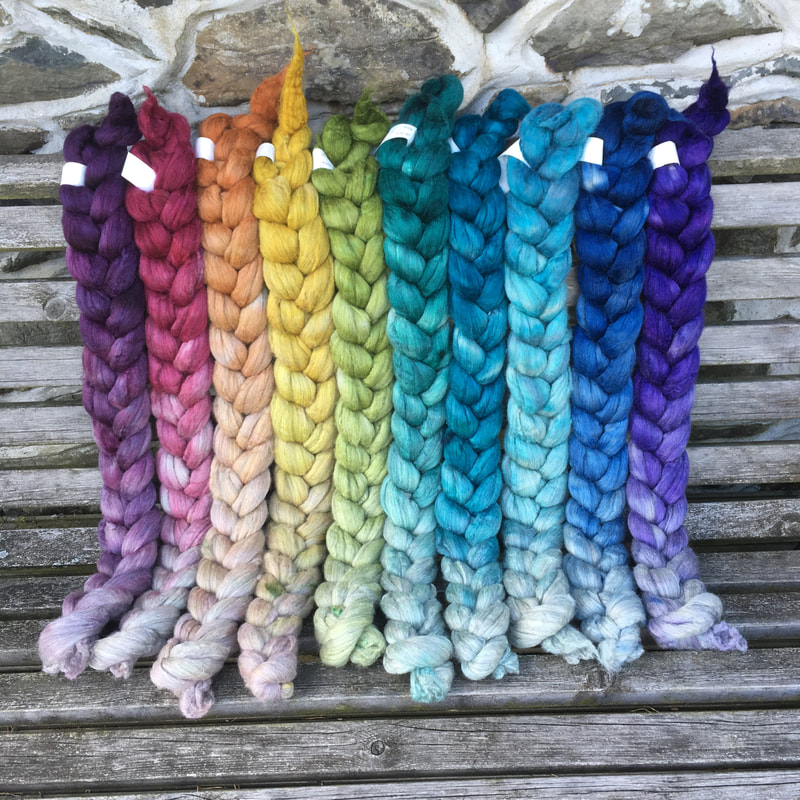
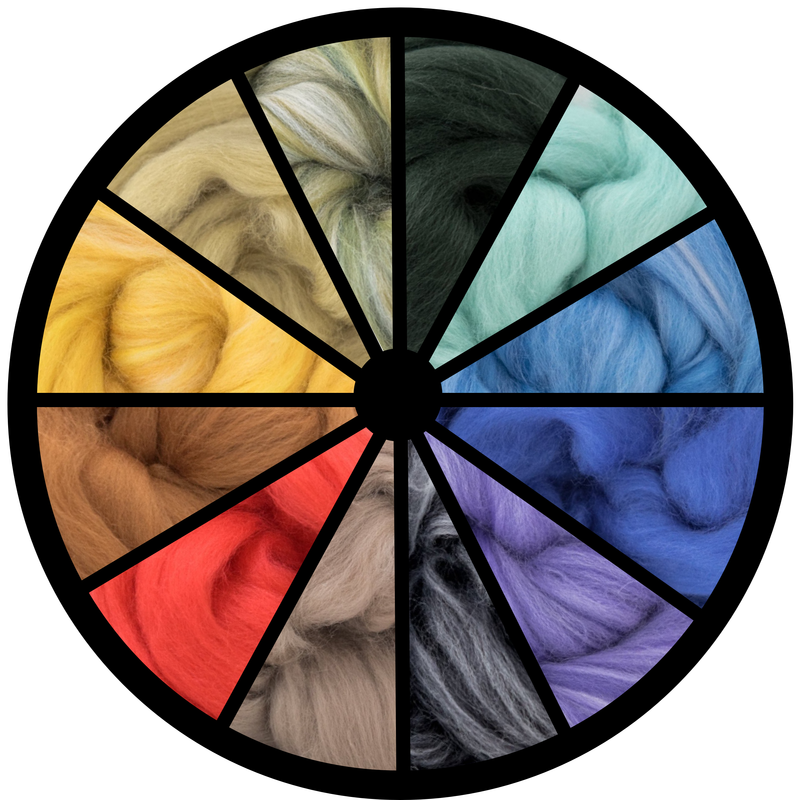
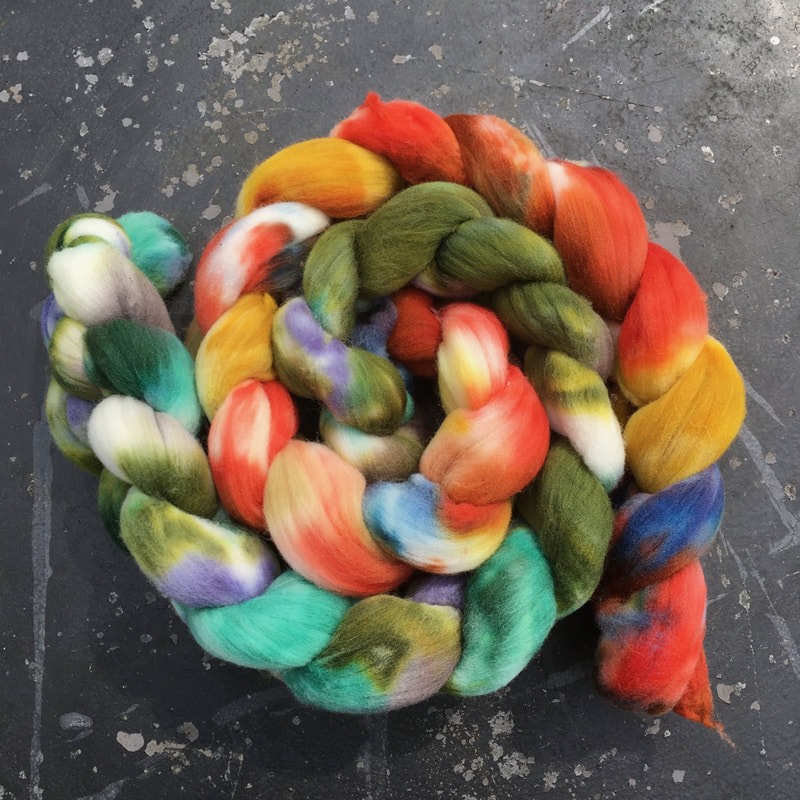
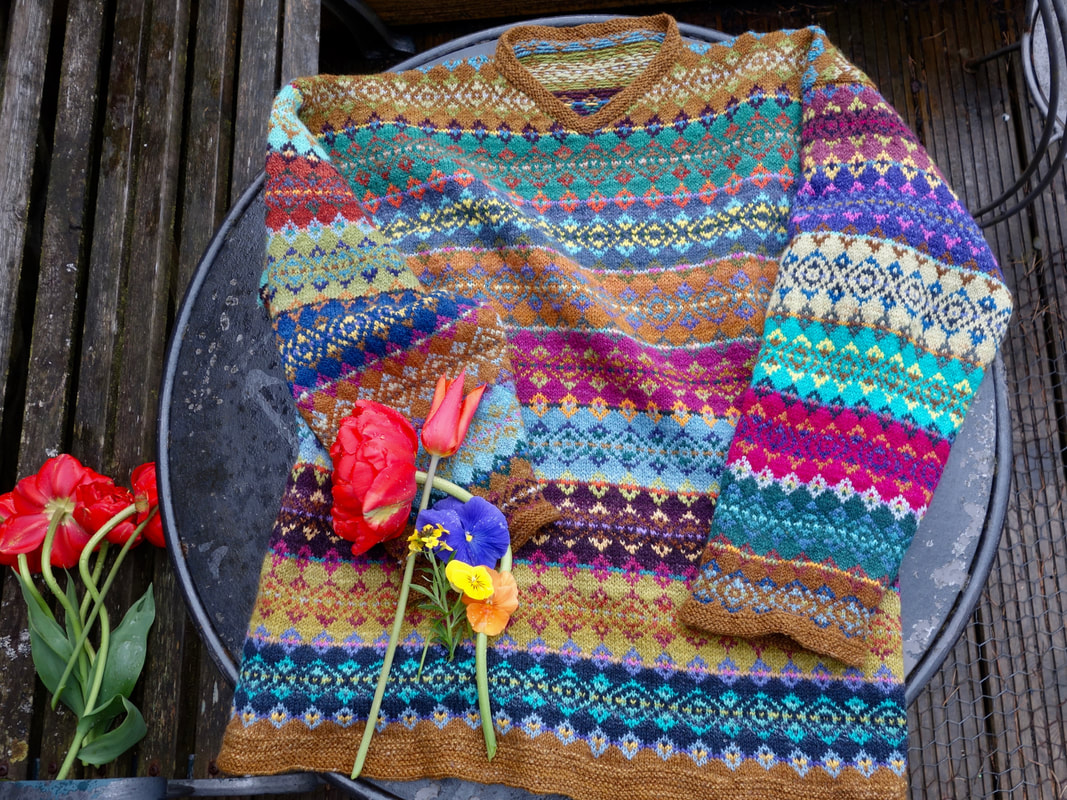
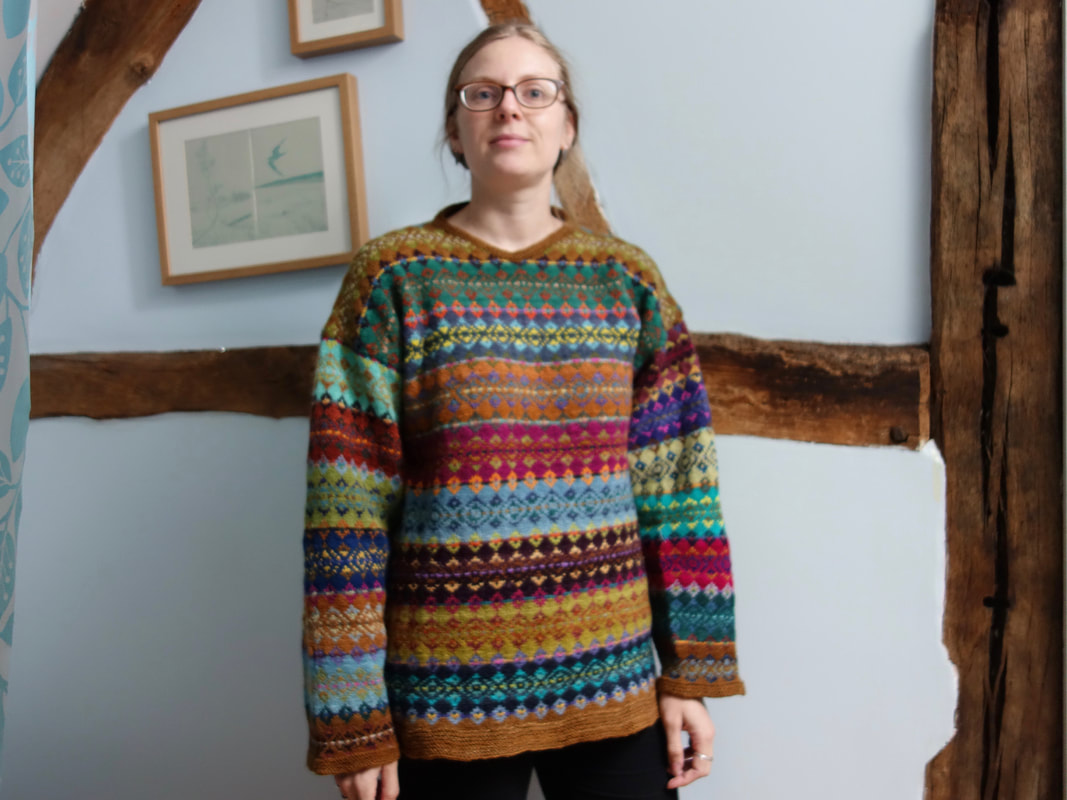
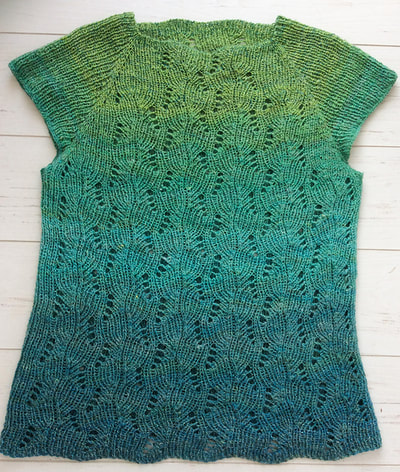
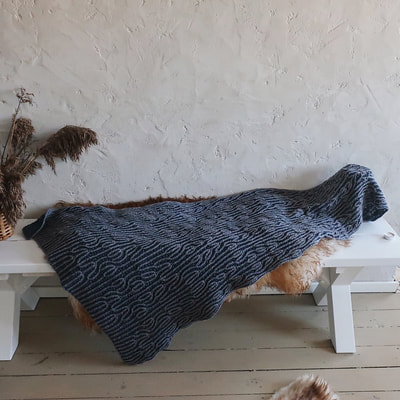
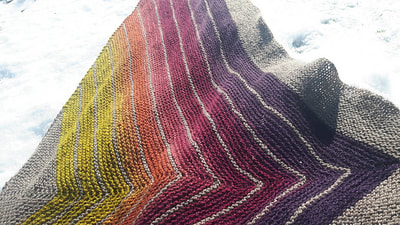
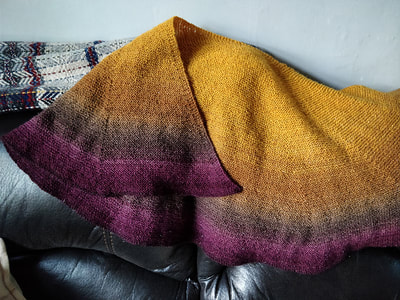
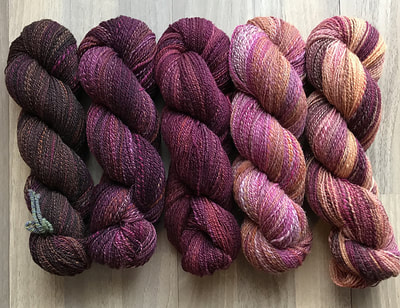
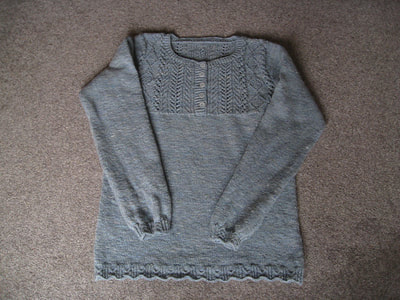
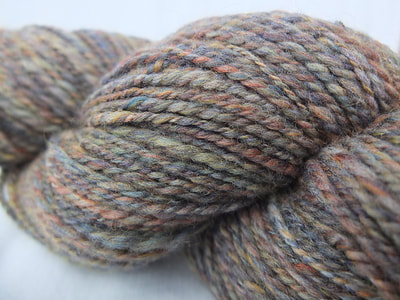
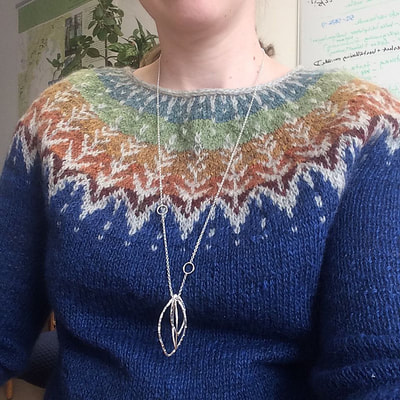
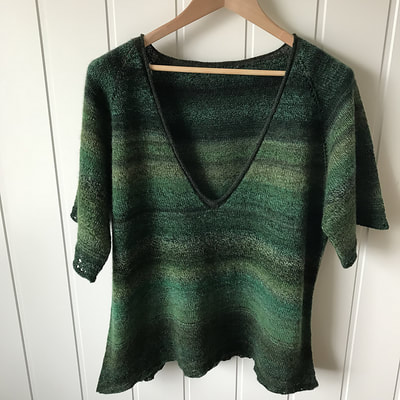
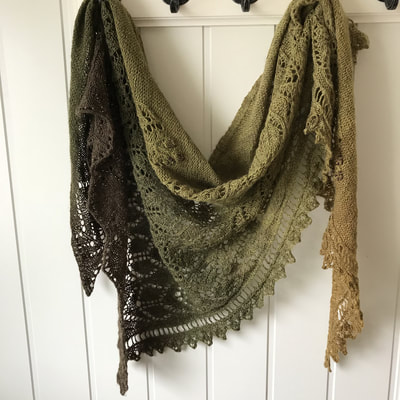
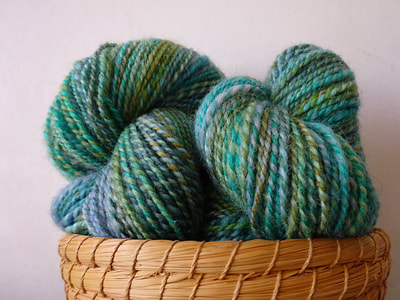
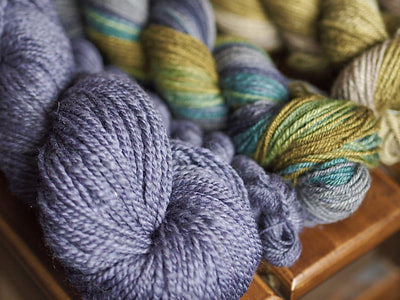
 RSS Feed
RSS Feed


